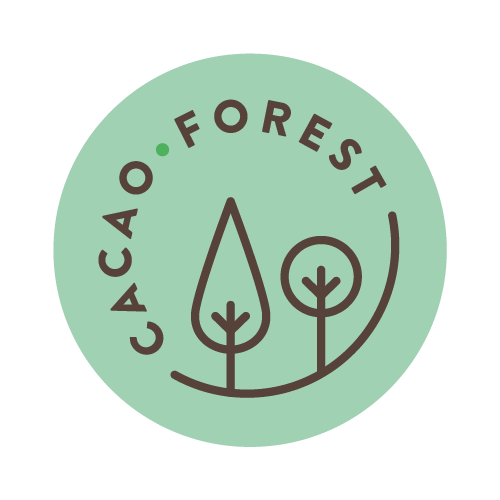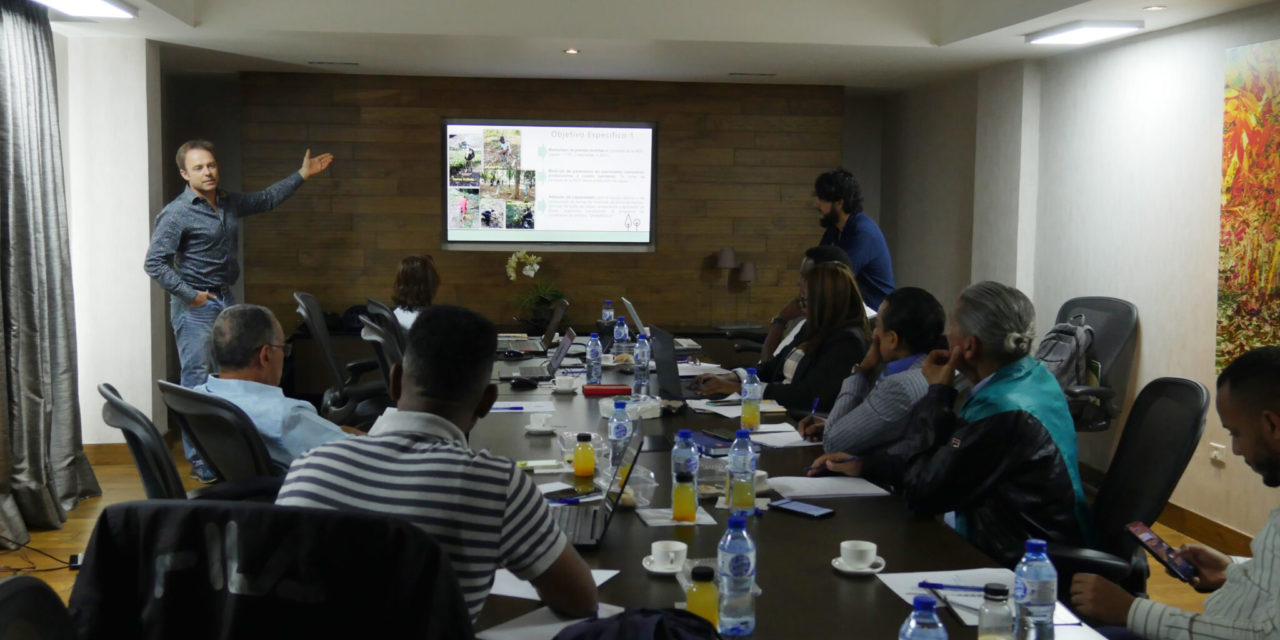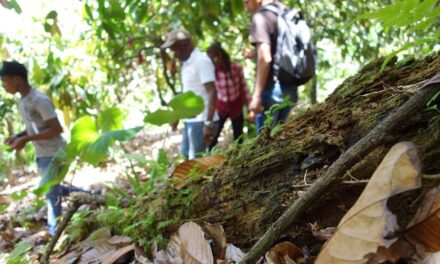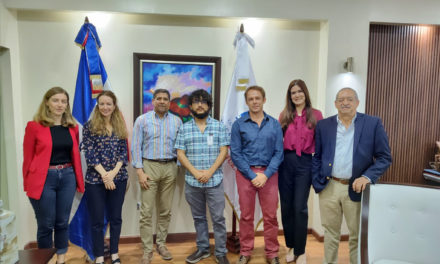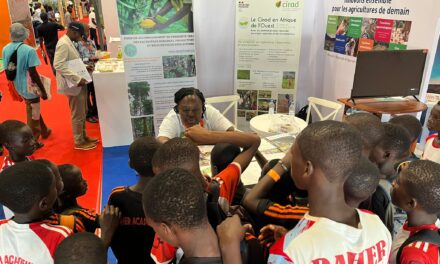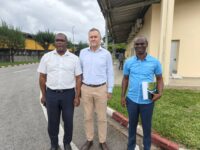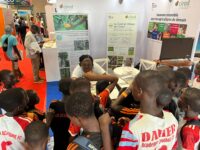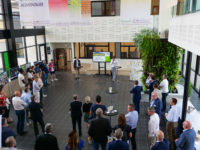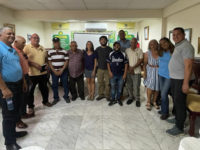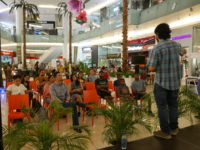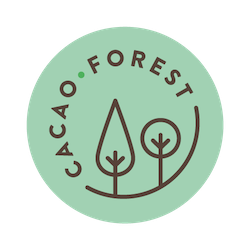The fifth meeting of the Cacao Forest Project’s Local Monitoring Committee was held on the premises of the Comisión Nacional del Cacao on 17 January 2023.
The meeting was led by the Project’s science coordinator Olivier Deheuvels and general coordinator Sebastián Cárdenas.
The organisers presented the main achievements and highlights of 2022, namely:
- the adoption by partner farms of agroforestry practices in cocoa growing;
- the introduction of avenues for the commercial exploitation and commercial applications of products associated with cacao cultivation.
One of the notable developments of the past year has been the growing interest in the agroforestry models devised and trialled by the Cacao Forest Project. The relevance of the findings has prompted local institutions such as IDIAF, FUPAROCA and Finca Tierra Negra to set up their own versions of the Participatory Experimental Network (REP) developed by Cacao Forest on a scale appropriate to them.
Sebastián Cárdenas stated that the sale of processed hibiscus flowers from the second harvest generated a profit of approximately US$ 200 for one of the 22 participating producers.
It should be noted that in 2022 the results of the research carried out by Cacao Forest generated two articles in peer-reviewed scientific journals and a dozen presentations at international events in Quebec, France, the Dominican Republic and Côte d’Ivoire. These articles have helped promote knowledge and understanding of cacao agroforestry in the Dominican Republic.
Sebastián Cárdenas a mentionné que la transformation des fleurs d’hibiscus issues de la 2ème récolte a généré chez l’un des 22 producteurs participants un bénéfice d’environ 200 US$.
Il est important de souligner que les résultats obtenus à l’issue des recherches effectuées dans le cadre de Cacao Forest ont permis de générer en 2022 deux publications dans des revues scientifiques à comité de lecture, ainsi que plus d’une dizaine de communications dans des évènements internationaux (Québec, France, République Dominicaine, Côte d’Ivoire). Ces publications viennent enrichir la connaissance et la compréhension de l’agroforesterie cacaoyère dominicaine.
